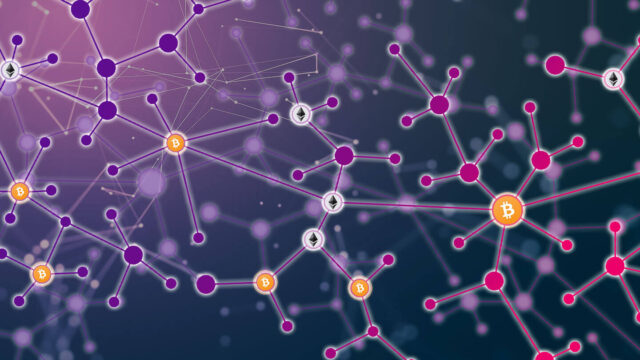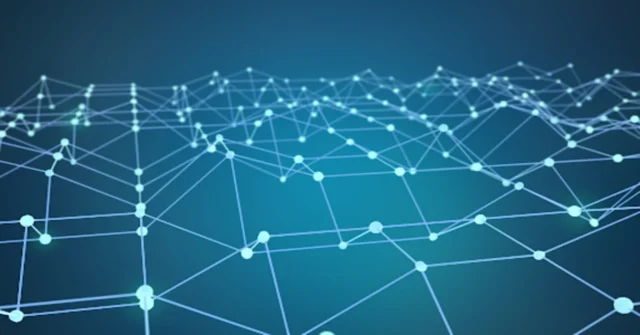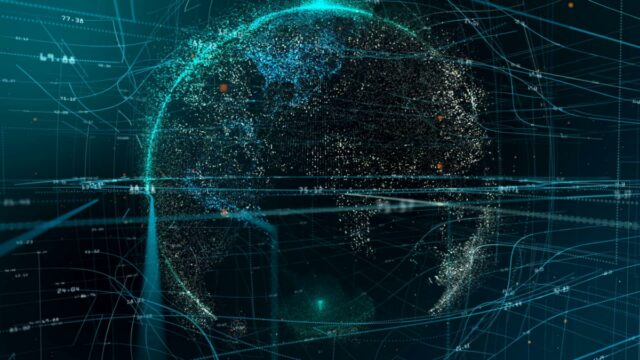
By now, you have probably heard of blockchain. How about blockchain nodes? They’re terms often associated with cryptocurrencies so if you’re into digital currencies you couldn’t have missed them. But, while these terms might sound familiar, how much do you know about the subject? Probably not much. Luckily we are here to help you with that. If you want to be more acquainted with the world of digital currencies you’ve come to the right place. In this article, we’re going to try and explain what are blockchain Nodes and how do they work – the 2025 guide.
The Basics
First of all, let us tell you that a Node is quite important. It is that part of the blockchain that allows cryptocurrencies to function. Without it, Bitcoin or Ethereum wouldn’t be able to function, and we wouldn’t even have them today. It’s what’s a blockchain-based one, and it allows it to serve as the decentralized ledger that is. Without it, the world of crypto would cease to exist.
While some time ago not many people were interested in how the system works, but only that it works, today things have changed. Everyone wants to understand the process. Cryptocurrencies have that mystery to them, and for many people, the time has come to dig a little deeper into what makes them so special. Of course, you don’t need to know anything about the blockchain or Nodes to earn money from digital currencies. But, knowing a thing or two about the system can be beneficial.
While the term blockchain has been around for some time now, as early as the first crypto, Bitcoin, with Nodes things are a little bit different. The terms have now been thrown around on every corner invested in digital currencies so the curiosity is at an all-time high. But, the fun fact is that Nodes are used in so many ways and not only concerning digital currencies. Since they’ve been around for some time it was easy for them to become a part of the digital coin world due to their function. Above all else, they serve as the carriers for information regarding digital currencies. A Node can create a piece of information, transfer it, or receive it.
Blockchain Nodes

Due to the popularity of digital currencies, these days you’ll only hear the term Node used close to the world of crypto. A blockchain is, as we already stated, a decentralized ledger. Its function is to record all information regarding cryptocurrencies. It is mostly tied to the transaction, which is recorded and saved on the devices that use it for the user to see it. Considering that every piece of information in the blockchain is recorded it requires it to settle the data in chronological order. So, when it comes to each user and his devices, everything will be sorted the way it came to be. This is what brings us to the Nodes. Every device tied to a blockchain to collect and sort information is called a Node. All of them are connected to a network communicated between each other making the data flow possible, thus creating new blocks, and making the world of cryptocurrencies function. Without it, no blockchain would be able to function properly. The whole infrastructure relies on it in terms of security and network integrity. Each transaction on the network is called a block, and it is the function of the Nodes to sets them apart, identify them, and store them in the proper place.
The Concept Behind It
First, let’s state a few facts about blockchain. The name blockchain comes from the fact that it’s created from blocks of information that create a chain. The block of data in question is then stored in separate servers, to call that, which you are familiar with as nodes. Many of them piled together are viewed as a blockchain. What makes it a chain is that all blocks of this data are tied together. Between them, there are lines of communication channels opened at all times. Nodes can exchange data between themselves. Thanks to this, their information databases are always up to date.
When you think about it, these devices that can receive, store, and send data are the reason blockchain exists. They’re the essence of a blockchain, so it’s no wonder that people like GetBlock.io use them to build various infrastructures. It is all thanks to the fact that these days, almost all devices, such as smartphones, tablets, laptops, and computers can be used as Nodes.
So, if you are a crypto trader or miner you already used Nodes without probably knowing it. They’re involved in every transaction involving digital currencies. They’re set in motion when a block is created and initially tied to a blockchain. The data about this is sent to all Nodes that are connected to a specific blockchain. There’s a chance that a new block won’t be added if the Nodes don’t approve its validity through signatures and various security transactions. But, if the transaction passes tough, the new block is stored together with others on the same blockchain. It is always set on the top, as the latest addition. The history of every transaction, in chronological order, is saved on them. A blockchain is updated when every connected Node sends the latest information its way.
Types of Nodes

When we’re talking about Nodes, there are two kinds. The first one is full Nodes. Their task is to be in charge of the security on the net. They do this by having an insight into the history of all transactions. With this option, they can spot irregularities and make sure everything is done by the rules. The second one is a lightweight Node. It refers to all users and their devices that serve as Nodes. To be able to perform its function it needs to be connected to a full Node. To be able to function, the world of crypto relies more on full Nodes, which are the heartbeat of the entire system.












